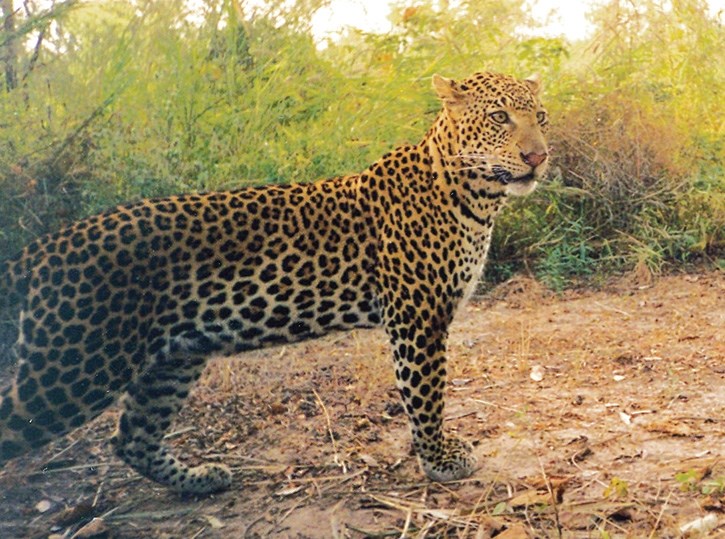Several researchers and ecologists, including from Banff National Park, are calling for a linked global network of remote cameras to monitor wildlife and habitat biodiversity in an ever-changing world.
In a paper published in the journal Frontiers in Ecology and the Environment on Feb. 1, researchers say a large-scale, centralized network that collects and manages data from non-invasive remote cameras could go a long way in helping conserve wildlife struggling against habitat destruction and climate change.
“It’s really important to monitor our wildlife populations at a very large scale because a lot of species are declining or going extinct throughout the world,” said Jesse Whittington, a wildlife ecologist with Banff National Park who co-authored the paper.
“Having a systematic suite of remote cameras is important not only to monitor how populations change in a wide diversity of species, but also why.”
The non-invasive nature of remote cameras on wildlife, and their decreasing costs, has led to an explosion of up to 20,000 cameras set up around the world in 2015 – with more added daily – to track and monitor wildlife from leopards to tigers.
In Banff, Yoho and Kootenay, 186 cameras are dedicated to monitoring changes in wildlife populations, including for grizzly bears. There are another 123 cameras for specific projects such as looking at how permeable fences are to wildlife.
Whittington said Parks Canada’s cameras are capturing valuable information, noting the approach is to set up one camera for every 10 by 10 kilometre grid cell, then come up with a percentage of grid cells used by varying wildlife species.
“If we look across the mountain parks, grizzly bears occurred in 90 per cent of our grid cells, whereas caribou and porcupine were much rarer and only occurred in 10 and 25 per cent of grid cells, respectively,” he said.
Whittington points to national parks from Jasper to Waterton, as well as protected provincial lands in Kananaskis Country, as an example of where researchers and managers share camera data.
“If we just think about Banff, we’ve seen changes in the numbers and distribution of elk and the number of wolves, and you’d expect to see changes in other places in the world, so these remote cameras give us a way to monitor many species,” he said.
“If you think of remote cameras as a tool to monitor biodiversity on a global level, it’s similar to how global weather and meteorological stations have been set up around the world to monitor climate.”
The non-invasive cameras have been used to document the first evidence of wolverines recolonizing in California, and endangered wildlife like wolverine and fisher in Montana.
Researchers in the University of Montana’s wildlife biology program have used cameras to document how snow affects wolf and elk interactions in Yellowstone as well as the first-ever countrywide population estimate of tigers in Bhutan.
Robin Steenweg, a University of Montana doctoral candidate who headed up the research paper, said a global system could monitor wildlife trends and factors affecting changes in biodiversity.
“There is so much remote camera data being collected out there by both research scientists and citizen scientists, we just need to link it together,” said Steenweg.




